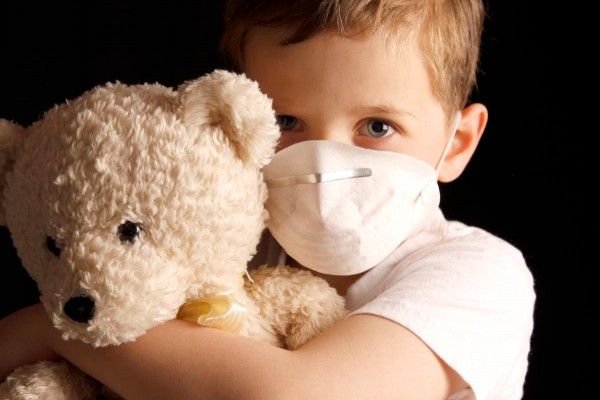
Advertisement
Health experts issued a warning this week that more children are unable to ward off common infections because bacteria are becoming more resistant to antibiotics.
It’s been known for quite some time that antibiotic resistance is on the rise. Recent research found that the overuse of antibiotics by children is responsible for bacteria becoming resistant to drugs six months at a time in cases of urinary tract infections (UTI) spurred by E. coli.
The recent review, published in the British Journal of Medicine, combed through 58 published papers reviewing 77,783 cases of UTIs in 26 countries. E. coli is responsible for more than 80 percent of UTIs globally, which tend to occur during childhood.
Developed countries versus impoverished countries
The authors separated studies conducted in Organization for Economic Co-operation and Development (OECD) countries from the rest of the world. Among the OECD countries, approximately 53.4 percent of children were resistant to ampicillin, an antibiotic used to treat a vast range of illnesses. In the rest of the world, it was 79.8 percent.
The researchers found that approximately 48 percent of UK children harbored germs that were resistant to ampicillin. In addition, an estimated 25 percent of British children were resistant to Trimethoprim, a frequently used antibiotic, while 8 percent of children could not be treated with Co-Amoxiclav.
Resistance to antibiotics was worse in poorer, non-OECD countries. A mere 2.1 percent of OECD children had bacteria resistant to ciproflaxcin. That estimate was twelve times higher, or 26.8 percent, for children in non-OECD countries.

The researchers conjectured that antibiotic resistance is higher in non-OECD countries because the drugs tend to be available without a prescription. According to co-author Dr Céire Costelloe of Imperial College London, “the results also suggest previous antibiotic use increased the subsequent risk of E. coli resistance to that particular antibiotic – for up to six months after treatment.”
The threat of multi-drug resistant bacteria
Whenever a bacteria becomes resistant to an antibiotic, health professionals can use a different one. Whenever a bacteria becomes resistant to multiple drugs, however, the switch becomes less easy.
“Antibiotic-resistant infections are also twice as likely to be associated with greater morbidity and mortality and are associated with increased healthcare costs,” noted the researchers. Many non-OECD countries cannot afford second-line drugs used to treat infections when conventional antibiotics fail.
The problem of resistance is higher among children under the age of five than children between the ages of six and seventeen. In addition to being painful, UTS in children can cause kidney damage and even total renal failure.
The authors wrote, “‘Our findings detail global high-level resistance to some of the most commonly-prescribed antibiotics for children in primary care, which could result in several drugs becoming ineffective first-line treatments in many countries.”
A global crisis
NHS England hospitals are offering financial incentives for GPs who prescribe fewer antibiotics. Bacterial resistant infections claim the lives of roughly 700,000 people a year. The World Health Organization (WHO) predicts that number will swell to 10 million by 2050 if the problem is not resolved.
In light of the recent study, a Department of Health spokesperson said, “We know that we are using too many antibiotics, and that the bugs they fight are becoming more and more resistant. This is putting our future health at risk so we must reduce the amount of antibiotics we are using.
“We all have a part to play and it’s important for people to understand that antibiotics should be used to treat bacterial infections only, and not viruses like cold and flu.
“We have already seen GPs across England reducing prescribing over the last few years, and we’ve invested millions in research to tackle drug resistance, but there is more to be done by all sides.”
Sources include:
Submit a correction >>
This article may contain statements that reflect the opinion of the author
Advertisement
Advertisements















